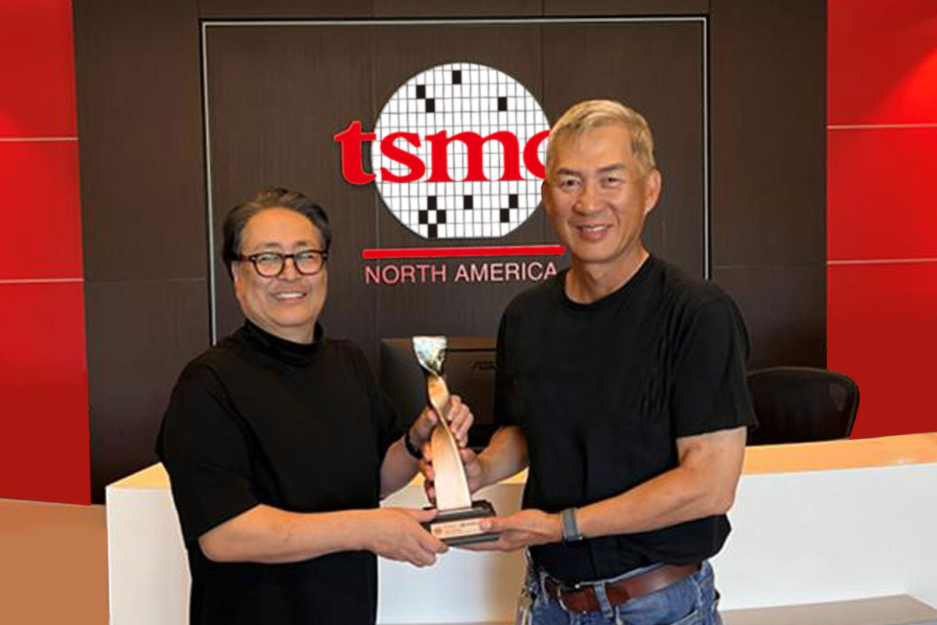
Still left: In the VAB, the crawler transporter positions alone below Cellular Launcher 1 in preparation for rollout of SA-501 on the launch pad – Be aware the employee within the foreground for dimensions comparison.
The Apollo 11 key crew experienced Not one of the near cheerful camaraderie characterized by that of Apollo 12. Alternatively, they forged an amiable working relationship. Armstrong especially was notoriously aloof, but Collins, who considered himself a loner, confessed to rebuffing Aldrin's attempts to make a far more individual connection.
OPPO and Ambiq jointly optimized the Electricity performance on the Apollo4s System to maximize the functionality and battery lifetime of the OPPO Check out 2.
The countdown demonstration exam were scheduled for September 20 but was soon rescheduled for the twenty fifth and did not commence right until the evening of the twenty seventh. By Oct 2 An additional two times were misplaced to delays, but by Oct four it reached start minus 45 minutes. Then a computer unsuccessful, along with the count, reset to minus thirteen hrs prior to start, resumed on October 9. Additional Laptop and gear complications appeared. By then, the launch team was fatigued as well as a two-working day split was declared.
This mission did in October of 1968 what Apollo 1 got down to do in February of 1967. It was the flight that acquired Apollo again on course, as well as familiar, continual sequence of missions from this point on recalls This system’s achievements.
In the meantime, on May well 24, engineers for the North American plant discovered hairline cracks in propellant tank welds of An additional S-II phase. The next day, staff while in the VAB commenced the second destack on the rocket, eradicating the S-II stage on June three for in-depth inspections. Considerable X-ray and dye penetrant exams exposed no cracks, and workers started re-assembling the rocket on June eighteen. Engineers from the MSOB completed the wiring get the job done in CM-017, reassembled it with its other factors, and returned it to your VAB exactly where floor crews stacked the spacecraft for the ultimate time on June 20. The stacking, unstacking, and restacking approach experienced taken 8 months.
Apollo 11 was introduced by a Saturn V rocket from Kennedy Room Heart on Merritt Island, Florida, on July sixteen at thirteen:32 UTC, and it had been the fifth crewed mission of NASA's Apollo method. The Apollo spacecraft experienced a few pieces: a command module (CM) with a cabin for the three astronauts, the only part that returned to Earth; a services module (SM), which supported the command module with propulsion, electrical energy, oxygen, and water; as well as a lunar module (LM) that had two levels—a descent phase for landing over the Moon and an ascent stage to place the astronauts back into lunar orbit.
The prerequisite for that Sunshine angle was notably restrictive, limiting the launch date to at some point monthly.[83] A landing just just after dawn was picked to limit the temperature extremes the astronauts would experience.
The objective of Apollo four (together with the Saturn V's other uncrewed exam flight, Apollo 6) was to qualify the start automobile, the Apollo spacecraft, and the bottom programs, for the crewed lunar landing missions that may stick to.
We have the widest lens on rising technologies, creating us proficient in co-developing supernormal development for customers.
Furthermore, the Apollo3 Blue Plus comes along with a dedicated 2nd Main to the extremely-reduced electricity Bluetooth® Low Strength five connectivity platform, delivering superior RF throughput and leaving loads of methods obtainable for user purposes. The Apollo3 Blue Plus provides two extra MSPI modules (3 full) and enhances the exterior memory execute-in-place (XiP) aperture from 64MB to 96MB (32MB/MSPI instance). Other upgrades incorporate interior flash from 1MB to 2MB; SRAM from 384KB to 768KB (TCM dimension stays at 64KB); as well as the GPIO depend from 50 to seventy four.
Although it was manufactured as Element of the 3rd phase, the interstage remained hooked up to the next stage. The third stage did not use much gasoline to go into LEO (Very low Earth Orbit), since the 2nd stage had done most of the job.[eleven]
Ambiq’s mission would be to produce the lowest-power semiconductor methods that empower smart devices almost everywhere to generate a healthier, cleaner, and much more successful earth.
offering the Apollo spacecraft by using a no cost-return trajectory, 1 that will let it to Coastline within the Moon and safely return to Earth with out necessitating any engine firings need to a challenge crop up on the way to the Moon;

Get Smart. Use Less Energy.
Ultra-low power SoCs for IoT endpoint devices
that demand complex operations
and longer battery life.
✍ Ambiq® is committed to further improve the quality of life by enabling the intelligence of endpoints while further reducing carbon footprints. Ambiq – your partner in endpoint intelligence.
✯✯✯Based in Austin, San Jose, Hsinchu, Shenzhen, and Shanghai, our leadership and management teams consist of advocates, builders, enthusiasts, entrepreneurs, explorers, incubators, inventors, pioneers, protectors, thinkers, and visionaries. With a diverse spectrum of experiences and skillset, we came Sensing technology together and united with one goal to enable the true Internet of Things where the battery-powered endpoint devices can truly be connected intuitively and intelligently 24/7.
Ambiq Wins the Demo of the Year Award at 2023 TSMC Technology Symposium
September 7, 2023, Austin, TX – Ambiq®, a leading developer of ultra-low-power semiconductor solutions that deliver a multifold increase in energy efficiency, was awarded the Demo of the Year Award by TSMC as a participant of the Innovation Zone at the 2023 TSMC North America Technology Symposium.
Ambiq Wins the Demo of the Year Award at 2023 TSMC Technology Symposium
During the April event, Ambiq showcased various product design wins using TSMC’s 22nm technology in wearables, digital health, smart home, Industrial IoT, pet trackers, and retail segments, with industry-leading energy efficiency. Ambiq also featured two live demos emphasizing its leadership in enabling endpoint AI with its HeartKit™ for remote patient monitoring and its graphics display capabilities for a vivid user interface.

TSMC pioneered the pure-play semiconductor foundry business model when it was founded in 1987, helping startup companies accelerate their innovations by providing access to the industry’s leading process technologies and manufacturing capacity. Since 2021, TSMC has expanded that mission with an Innovation Zone at its worldwide Technology Symposiums, highlighting how TSMC partners with startup companies to enable cutting-edge products from various applications, including high-performance computing, communication, automotive, IoT, and consumer segments.
“We’re grateful to TSMC and our booth visitors for allowing us to share our energy-efficient technology and processor solutions Ultra-low power with them,” said Ambiq’s CEO, Fumihide Esaka. “We’re moving towards an exciting frontier of AI becoming more engrained with our daily lives. With that vision on the horizon, we will continue to develop innovative and first-of-its-kind ultra-low-powered solutions that keep innovation and sustainability in mind.

Ambiq’s mission is to develop the lowest-power semiconductor solutions to enable intelligent devices everywhere by developing the lowest-power semiconductor solutions to drive a more energy-efficient, sustainable, and data-driven world. Ambiq has helped leading manufacturers worldwide develop products that last weeks on a single charge (rather than days), while delivering a maximum feature set in compact industrial designs. Ambiq’s goal is to take Artificial Intelligence (AI) where it has never gone before in mobile and portable devices, using Ambiq’s advanced ultra-low power system on chip (SoC) solutions. Ambiq has shipped more than 200 million units as of March 2023.
Ambiq Designs Low-Power for Next Gen Endpoint Devices
Ambiq’s VP of Architecture and Product Planning, Dan Cermak, joins the ipXchange team at CES to discuss how manufacturers can improve their products with ultra-low power. As technology becomes more sophisticated, energy consumption continues to grow. Here Dan outlines how Ambiq stays ahead of the curve by planning for energy requirements 5 years in advance.
Ambiq Highlights From Embedded World 2024
Facebook | Linkedin | Twitter | YouTube